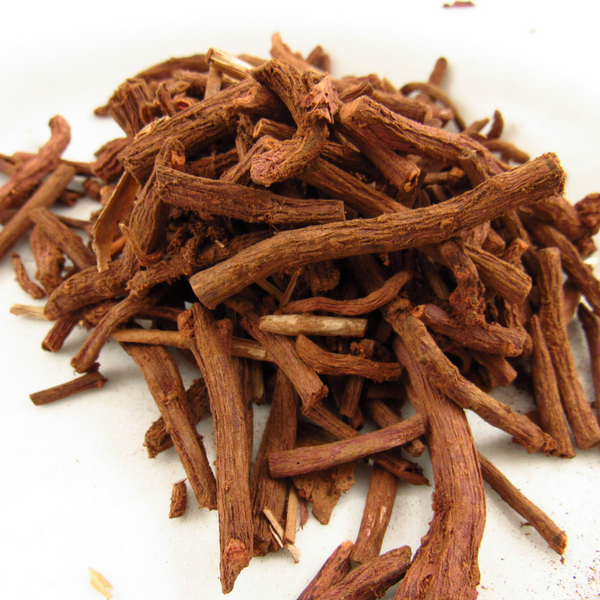
We get lots of emails from customers about challenges with dyeing and needing Botanical Colors’ President Kathy Hattori’s help. Why not share the learning so we can all benefit? From our inboxes to you, it’s simple: You Asked, Kathy Answered. Email questions@botanicalcolors with your plea for help!
This is the same person asking multiple questions. We thought answering in sequence seemed best. Enjoy!
YOU ASKED: I am trying to start up and use an indigo fermentation vat mainly because my materials preference is still silk and the alkalinity of organic vats is too alkaline for silk. I purchased some madder root from you years ago. I vaguely remember you mentioning that the roots would not dye color but my intention then and now was to use it for indigo dyeing. Can these madder roots be used in the fermentation vat. I will grind them up.
KATHY ANSWERED: Madder root is a good choice for indigo, and soak them in water before grinding them, or use ground madder root. You can also use the madder root to dye with and save the roots as those will work, too. Use the liquid from soaking as part of your vat liquid. The ingredients for a fermentation vat are indigo, madder root, and sometimes a bit of wheat bran, and some type of alkali. We recently had a workshop with Takayuki Ishii and he made a fermentation vat from wood ash water for the alkali, wheat bran, a small amount of calcium hydroxide and composted Persicaria tinctoria. It’s pretty amazing to see how alive it is!
YOU ASKED: What are your thoughts on the fermentation vat versus the organic vats. Is this a waste of my time and/or is there a way to lower the alkalinity of a date or fructose 1-2-3 vat?
KATHY ANSWERED: There is a way to lower the alkalinity and that is to use less calcium hydroxide. For example, try 1 part indigo, 1.5 parts calcium hydroxide and 2.5 to 3 parts fructose. Let it settle and test the vat after 3 days. If you need to balance it, try adding more fructose.
The other thing you can do to deal with the alkalinity of indigo is to soak your threads in an acidic solution (white vinegar in cool water) to neutralize the high pH after dipping. This also removes the calcium hydroxide film that sometimes settles on the fibers so the indigo shade is brighter and often “bluer” rather than grayish.
